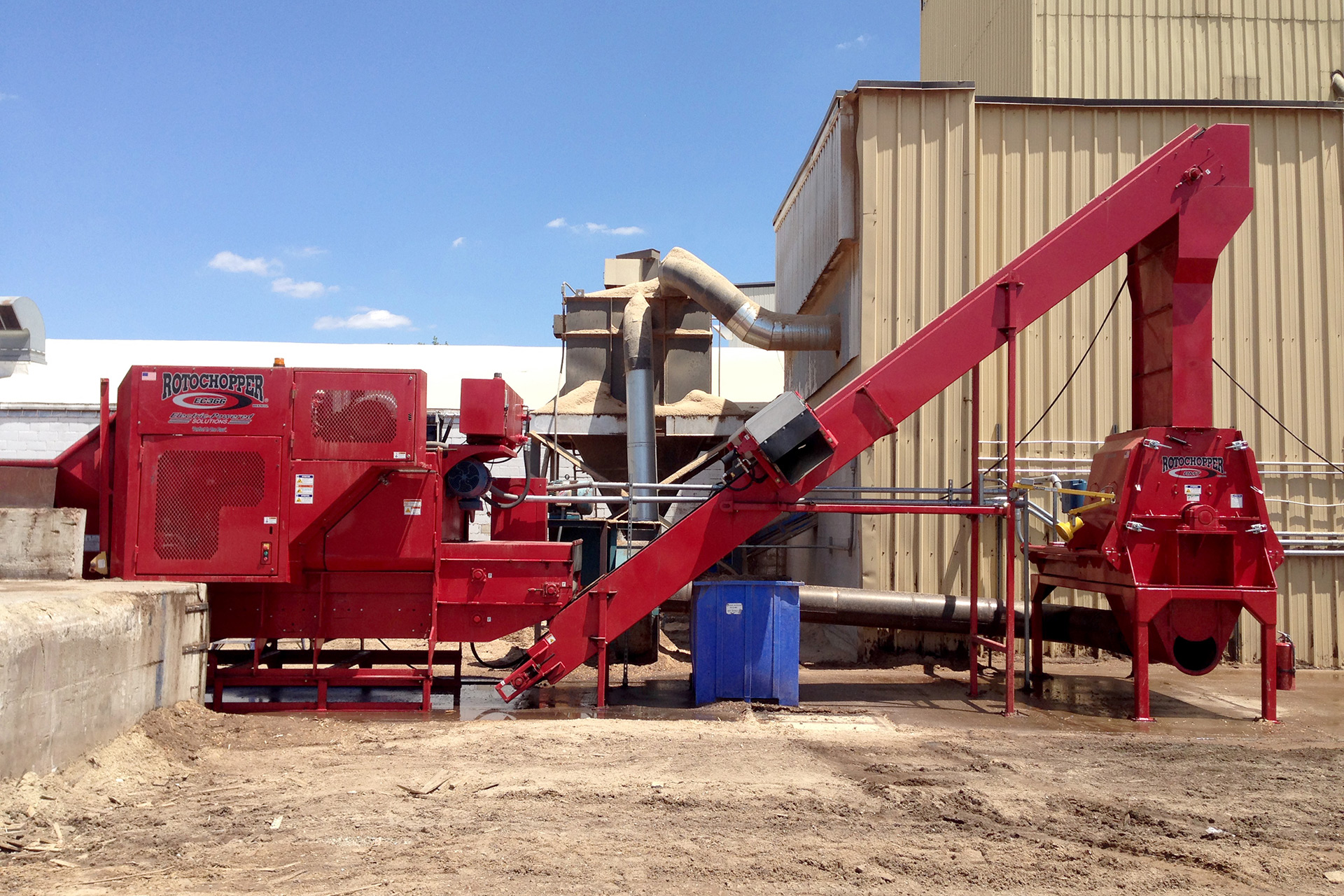
When it comes to making any large purchase, thorough research is necessary for you to be confident in your decision—buying a horizontal grinder is no exception. With so many models on the market, it’s important to know what to look for when shopping around. In this two-part horizontal grinder buying guide, we’ll cover the factors you need to consider, from the capabilities of the machine itself to the quality and service of the company you purchase it from.
Feedstock
The primary consideration when buying a horizontal grinder is the main feedstock your operation will process, as well as the end product you wish to produce. While horizontal grinders are one of the most versatile waste reduction machines, specific models perform better with certain feedstocks, so shop for the grinder that’s equipped to handle the density, toughness, and size of your main feedstock. If your feedstock is typically contaminated with metal or other ungrindable debris, a slow-speed shredder might also be a good addition to your operation.
Horsepower
Choosing the horsepower and size of your horizontal grinder relates closely to your operation’s feedstock and overall capacity needs. Tougher material, like whole trees or orchard waste, require more horsepower to process, as well as a larger throat opening to accommodate their size. However, even if your feedstock is less dense and you plan to grind a large volume, a high-horsepower horizontal grinder is still the best choice.
Particle Size Control
If you plan to produce a secondary product to sell, you will want to consider mill size, type, and direction when thinking about overall size consistency of the end result. You can also control particle size with the correct teeth and screen combination. If your overall goal is size reduction of your feedstock’s volume for easier transportation to a recycling facility or landfill, particle size control will not have as much weight on your final decision.
Size and Power Source
Of course, the overall size of your horizontal grinder will mainly be determined by the space it will occupy. For a stationary operation or a picking line, you’ll need to ensure you choose a model that fits in your available space. If your operation travels between grinding sites, you will need to examine transportation options, like a lowboy trailer or the Rotochopper track and dolly system, and look into your local and state road regulations.
Similarly, the choice between an electric or diesel horizontal grinder depends on your operation’s objectives. An electric grinder requires 3-phase power to operate, is easier to maintain, and can help lower operating costs. Diesel grinders can be transported between sites, though they need the traditional maintenance and upkeep associated with a diesel engine.
In the second part of our horizontal grinder buying guide, we’ll discuss what to look for with respect to parts, service, and company dedication to your operation’s success. To learn more about your choices for horizontal grinders, contact a Rotochopper sales representative.
